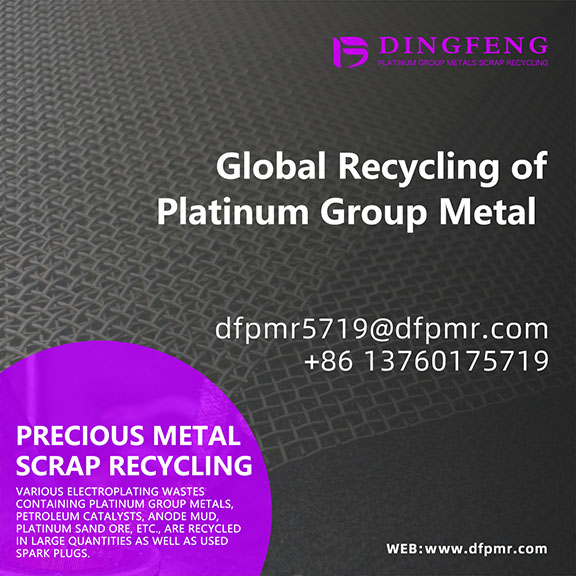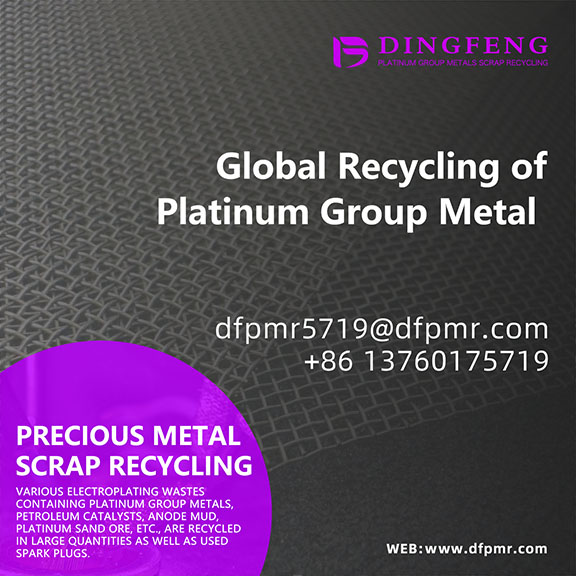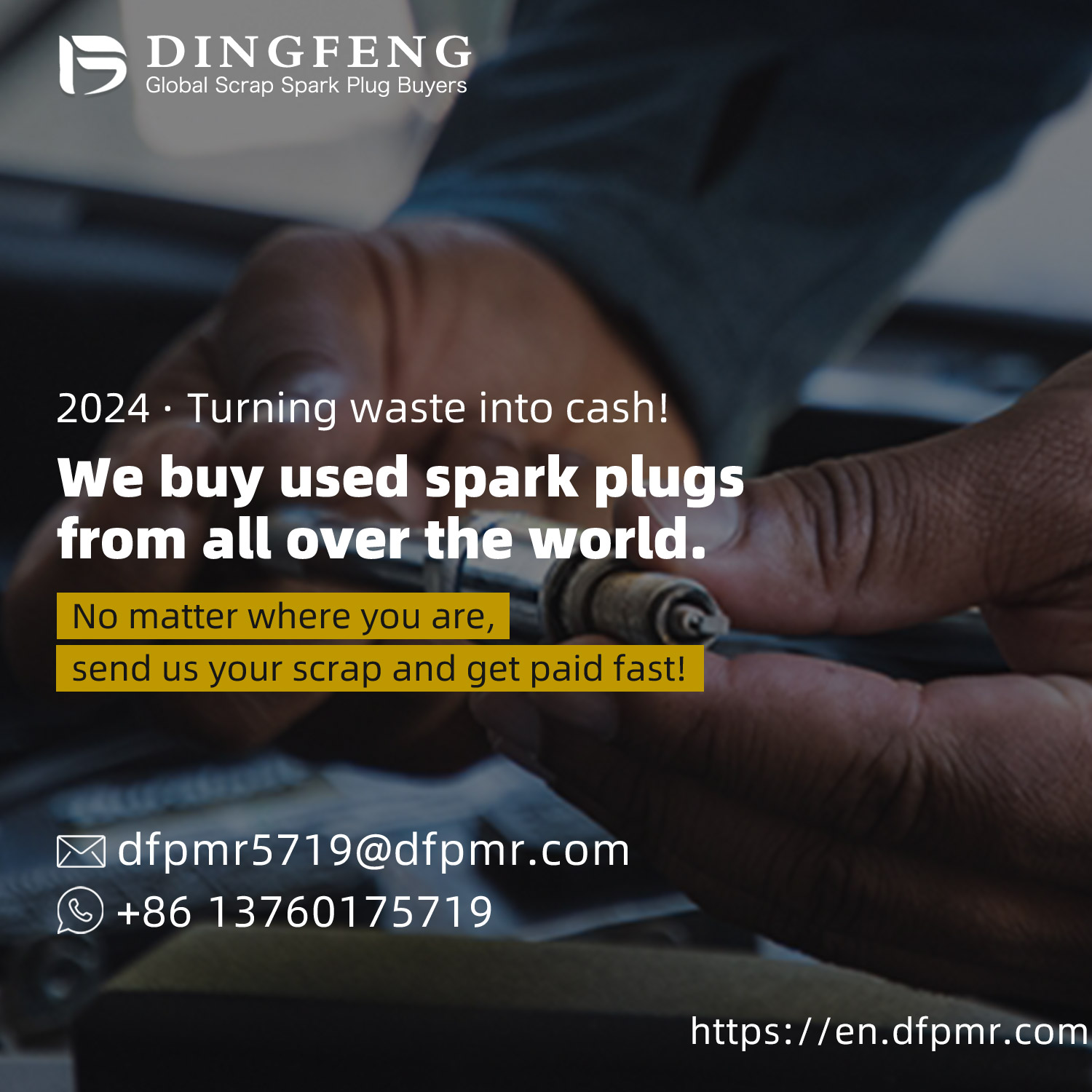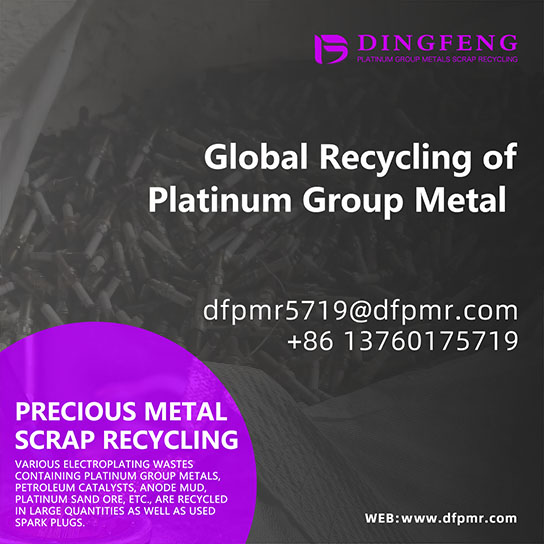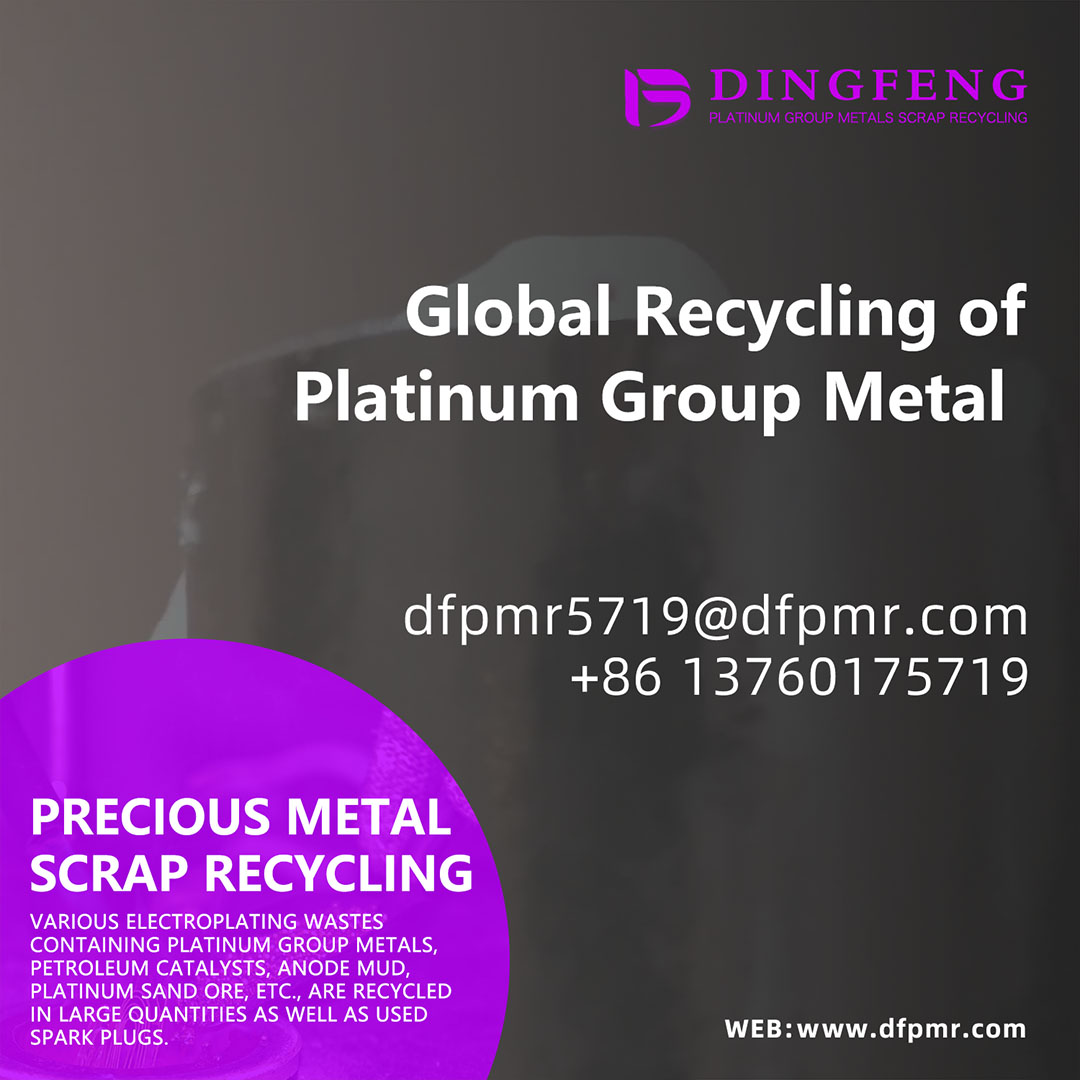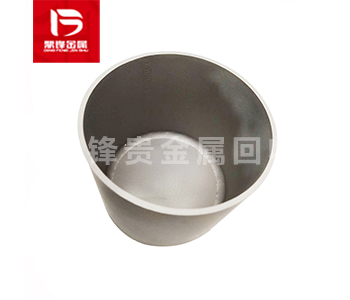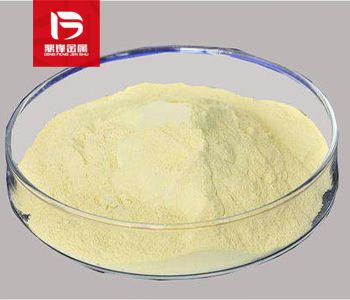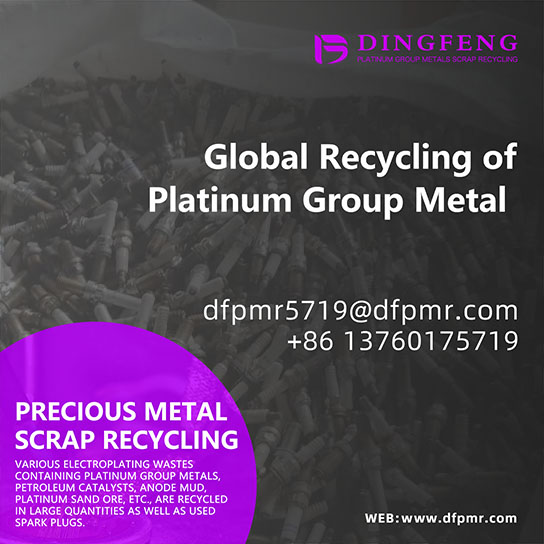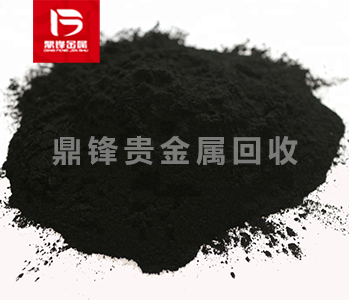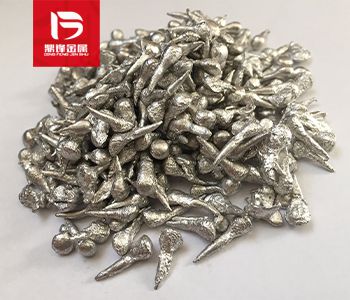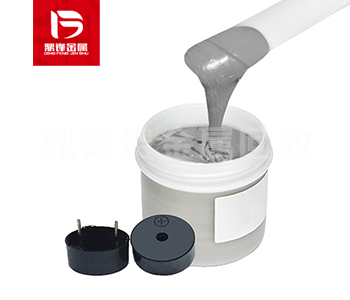Platinum-Coated Titanium Mesh: The Key to Clean Energy & Catalysis
As the world shifts toward sustainable energy solutions, platinum-coated titanium mesh has emerged as a critical material in hydrogen production, fuel cells, and industrial catalysis. Combining platinum’s unmatched catalytic properties with titanium’s durability, this advanced material is driving innovation in green energy and pollution control.
Product Details
Platinum-Coated Titanium Mesh: The Key to Clean Energy & Catalysis
For clean tech companies and chemical engineers, understanding its applications—and the importance of recycling—can optimize both performance and sustainability in next-generation systems.
Why Platinum-Coated Titanium is Indispensable
1. The Ultimate Catalyst for Clean Energy
Hydrogen Fuel Cells: Platinum enables efficient proton exchange, making it essential for zero-emission vehicles and stationary power systems.
Water Electrolysis: Critical in green hydrogen production, where platinum-coated mesh maximizes reaction efficiency.
Catalytic Converters: Reduces toxic emissions (NOx, CO) in automotive and industrial exhaust systems.
2. Unrivaled Durability in Harsh Environments
Titanium’s corrosion resistance allows platinum-coated mesh to withstand:
High-temperature PEM electrolyzers
Acidic/alkaline fuel cell conditions
Chemical processing reactors
3. Cost Efficiency Through Strategic Design
Thin platinum coatings on titanium reduce material costs while maintaining catalytic performance.
Structured mesh geometries maximize surface area for reactions.
Key Applications in Sustainable Technology
Hydrogen Economy Infrastructure
Proton Exchange Membrane (PEM) electrolyzers use platinum-coated titanium to split water into hydrogen and oxygen with >80% efficiency.
Fuel cell stacks rely on this material for durable, high-performance electrodes.
Industrial Pollution Control
Chemical plant scrubbers use platinum mesh to break down volatile organic compounds (VOCs).
Marine exhaust systems reduce sulfur emissions from ships.
Next-Gen Energy Storage
Emerging metal-air batteries and flow battery designs incorporate platinum catalysts for faster charge/discharge cycles.
The Circular Economy Opportunity: Recycling Platinum Scrap
Platinum is 30x rarer than gold, yet over 25% of global supply comes from recycling.
Why Recover Platinum from Used Mesh?
Economic incentive: Platinum trades at ~$1,000/oz (2024 prices).
Supply chain security: Recycling reduces dependence on conflict-prone mining regions.
Sustainability: Recovery uses 90% less energy than primary mining.
Optimizing Recovery: Best Practices
Material Characterization: XRF analysis verifies platinum content.
Selective Stripping: Electrolytic or chemical dissolution preserves titanium for reuse.
High-Purity Refining: Yields 99.95%+ platinum for new catalytic applications.
Call to Action: Close the Loop on Your Platinum Waste Stream
If your operations involve:
Fuel cell manufacturing
Electrolyzer maintenance
Catalytic converter production
Your end-of-life platinum-coated titanium represents significant recoverable value.
Partner with us for industrial-scale platinum recycling—turn scrap into new sustainable solutions!
SEO Keywords: Platinum catalyst mesh, hydrogen production, fuel cell components, platinum scrap recycling, PEM electrolyzer, green hydrogen, circular economy, precious metal recovery.
By leveraging platinum-coated titanium mesh in clean energy systems—and ensuring its efficient recycling—we can accelerate the transition to low-carbon industry while conserving Earth’s rarest metals. The future of catalysis is both high-tech and sustainable.


